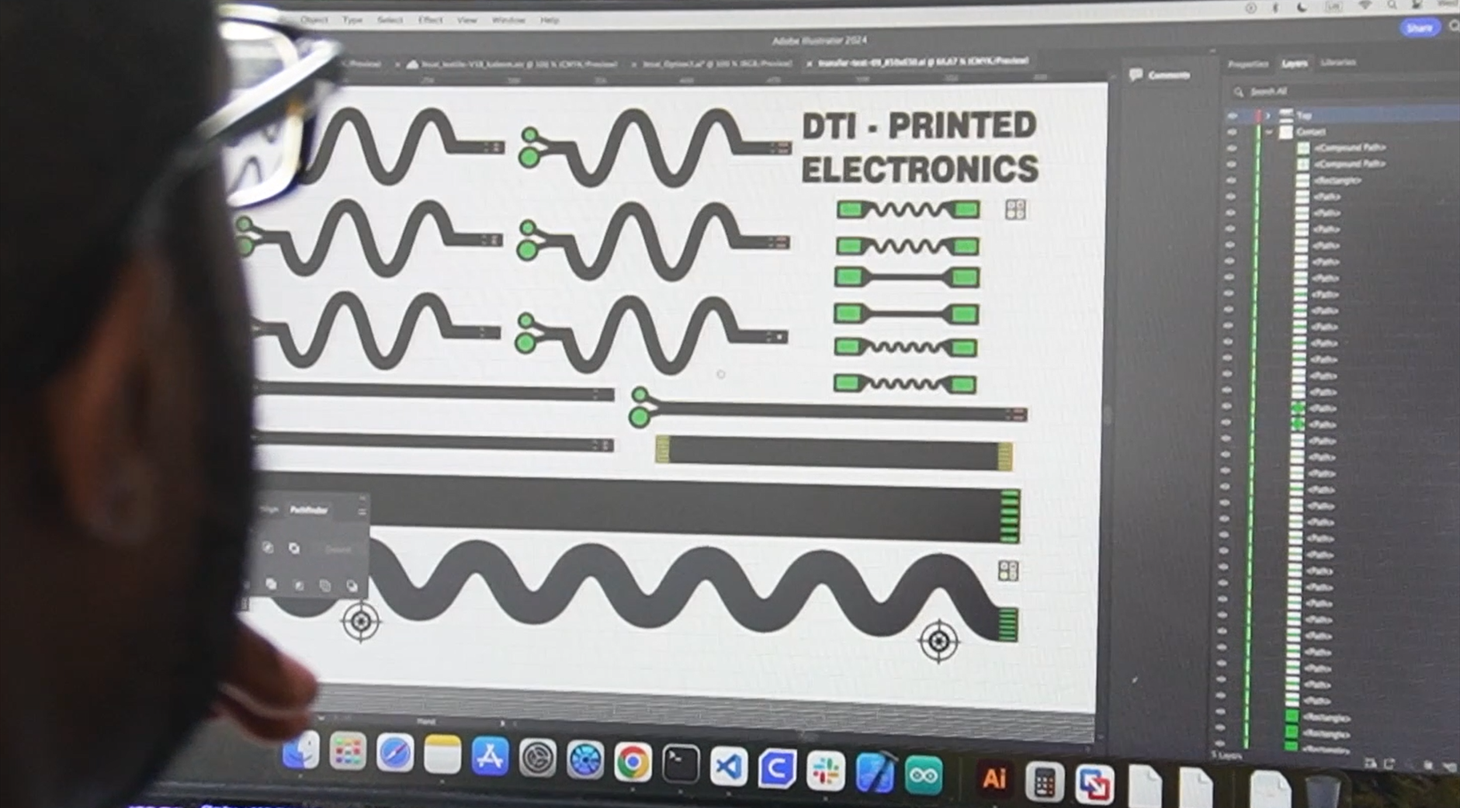
EEG headband prototype: A case study with Insai
At the Danish Technological Institute, we have collaborated with Insai to optimize the user experience of their EEG headband.
Insai is a medical device company developing solutions to improve the treatment of neurological and psychiatric disorders. Their first product consists of a medical headband that can measure sleep patterns and cognitive health in the patient's home. Data from the headband is analyzed using AI algorithms and provides clinicians with objective and longitudinal biomarkers to improve diagnosis and treatment.
What is EEG and why is it Important?
EEG stands for Electroencephalography. It's a non-invasive technique used to measure the electrical activity in the brain when neurons communicate with each other. By placing electrodes on the scalp, the electrical activity is then amplified and recorded as brain waves, which vary in frequency and amplitude based on different mental states like sleep, concentration, relaxation, or stress. This information is crucial for:
- Diagnosing neurological disorders
- Monitoring brain function during surgery
- Studying sleep patterns and sleep disorders
- Researching cognitive processes and brain-computer interfaces
In medical settings, EEG can help identify abnormal brain activity, guide treatment decisions, and monitor patient progress over time.
The Challenge
Previously, Insai's EEG headband relied on snap-on polymer electrodes that were not well suited for patients to wear for extended periods, especially during sleep. The production method was labor-intensive, costly and not suitable for mass production. The company needed a more efficient solution that could scale while maintaining quality. It was advantageous to replace the polymer electrodes with a new type of material to improve comfort and allow for prolonged wear. The objective of this project was to combine new materials on textiles while ensuring high signal quality of their EEG system.
Our Approach
We developed a fundamentally new type of fabric that combines different materials. Our goal was to integrate various materials onto textile and define new means of production to facilitate a novel smart textile. This approach requires innovative manufacturing techniques and careful material selection to maintain EEG signal quality while improving user comfort.
Key Improvements
- Comfort and Fit: The new electrodes integrate directly and seamlessly with the material, offering a softer and more flexible fit, allowing for extended wear. These enhancements also improved stability, ensuring the headband stays securely in place.
- Sleep compatibility: The headband has been redesigned with sleep in mind, ensuring it can be comfortably worn overnight for continuous EEG monitoring.
- Scalable production: New manufacturing processes allow for more efficient, large-scale production.
- Maintained signal quality: Despite the change in materials, the EEG signal quality remains high and reliable.
Benefits
- Enhanced Comfort: The integration of soft, flexible fabric-based electrodes significantly increases user comfort, allowing the headband to be worn for extended periods without causing discomfort.
- Sleep Monitoring Capability: The headband's design allows it to be worn comfortably during sleep, facilitating overnight EEG monitoring and enhancing its utility in sleep studies.
- Scalable Production: Advanced manufacturing processes enable efficient, large-scale production, making the technology more accessible to a broader audience.